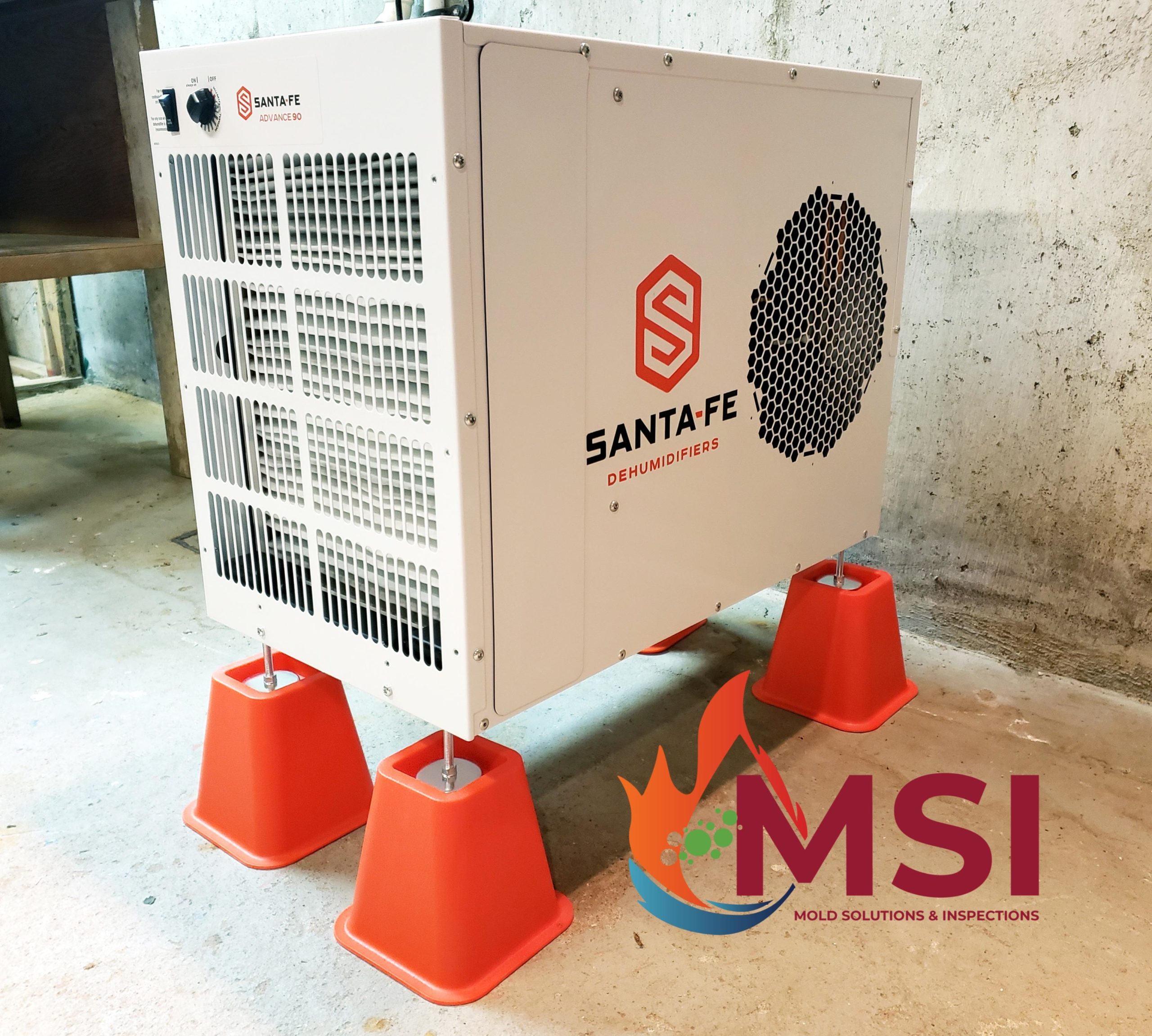Alternaria is one of the most important allergenic molds found in the US. It is most common as an outdoor mold, as it thrives on various types of vegetation. Alternaria spores can be detected from Spring through late Fall in most temperate areas, and can reach levels of thousands of spores per cubic meter of air. While one usually thinks of molds as a problem in damp or even wet conditions, Alternaria spores can be at their highest concentrations during dry, windy conditions that are ideal for the spores to become airborne.
Alternaria is one of the most common outdoor molds, but also has been found in the indoor environment. The National Survey of Lead and Allergens in Housing conducted a study looking at house dust samples from 831 homes in 75 different locations throughout the US. Alternaria was found in over 90% of those dust samples. While much of that allergenic load was probably due to outdoor Alternaria finding its way inside, Alternaria is known to grow on moist surfaces in the home as well.
Alternaria is known to be a problem in allergic disease. In patients who show allergy to molds, up to 70% of those patients demonstrate allergy to Alternaria, and Alternaria is known to be a risk factor for asthma. Dampness and mold problems have been reported to occur in 20 – 50% of modern homes. Additionally, keep in mind that mold spores often outnumber pollen spores by 1,000 to one, and mold can produce spores for months on end, versus the weeks of pollen production by many allergenic plants.








